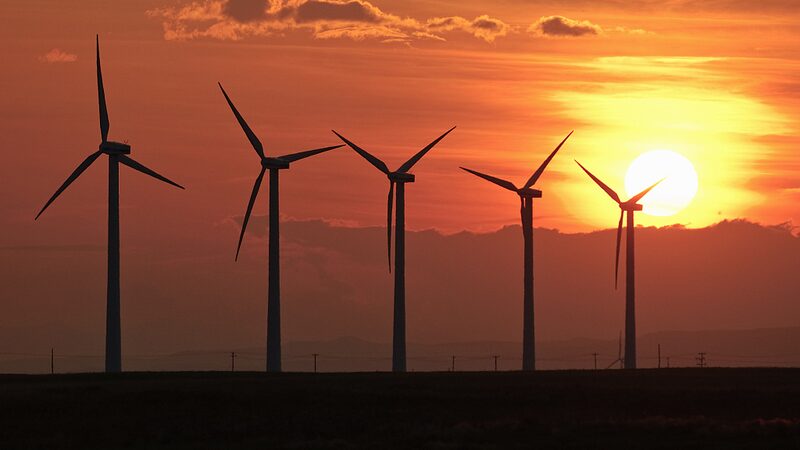In a landmark step for global clean energy efforts, Chinese Premier Li Qiang inaugurated construction of a groundbreaking hydropower complex on the Yarlung Zangbo River in Xizang Autonomous Region on July 19. The project, set to become the world's largest hydropower facility upon completion, underscores China's accelerating shift toward renewable energy and regional economic development.
A New Benchmark in Renewable Energy
With an estimated investment of 1.2 trillion yuan ($167.8 billion), the cascade hydropower initiative will feature five stations along the river's lower reaches. Its projected annual output of 300 billion kilowatt-hours would triple the energy production of the Three Gorges Dam, marking an unprecedented milestone in hydropower technology.
Strategic Alignment with Climate Goals
The project anchors China's 14th Five-Year Plan priorities, aligning with its dual carbon targets of peaking emissions by 2030 and achieving carbon neutrality before 2060. Analysts note its potential to stabilize energy grids while driving sustainable growth in Xizang, leveraging the river's unique 2,000-meter elevation drop over 50 kilometers.
Regional and Global Implications
Beyond domestic energy security, the initiative signals China's expanding role in global climate leadership. As the International Energy Agency reports, China accounted for nearly 60% of global renewable energy expansion in 2023. This project could further position the country as a hub for low-carbon innovation and cross-border energy collaboration.
Reference(s):
A global game-changer in clean energy and regional cooperation
cgtn.com








